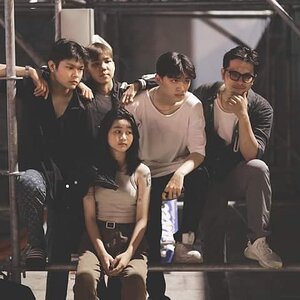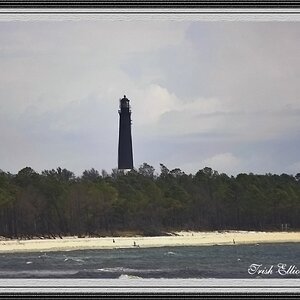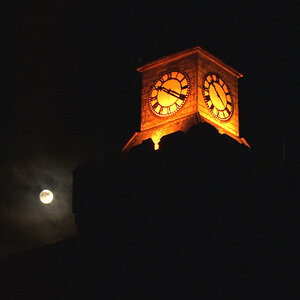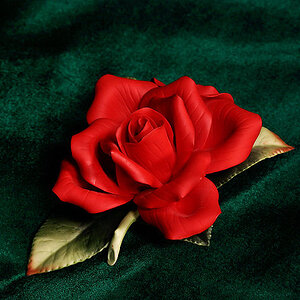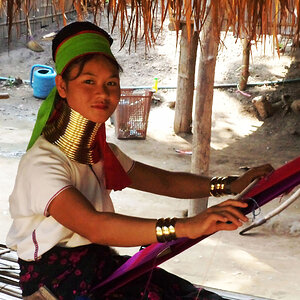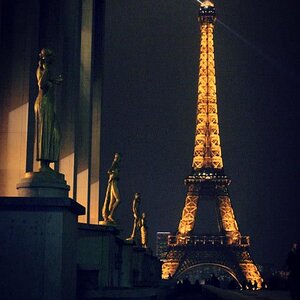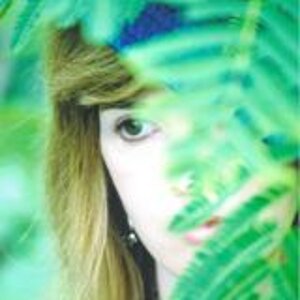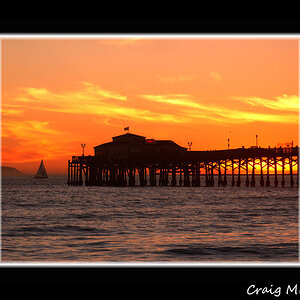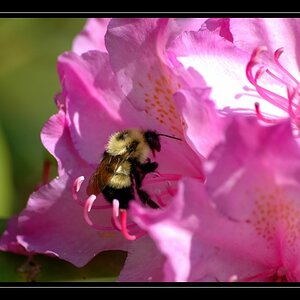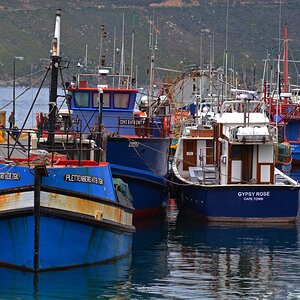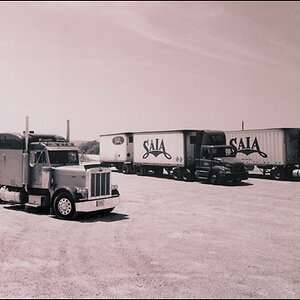jcolman
TPF Noob!
- Joined
- Feb 15, 2008
- Messages
- 200
- Reaction score
- 8
- Location
- Raleigh NC
- Website
- www.jcolmanphotography.com
- Can others edit my Photos
- Photos OK to edit
Jcolman, you could have made it harder, the catchlights give it away.
I should have PS'd the catchlights out but the OP didn't get all of them correct anyway.


